Every year, around the North Pacific beaches of Costa Rica, thousands of turtles set off on a mission to lay their eggs above the high water mark on the shore. The nesting season is truly a spectacle where around 20,000 reptiles in a single day crawl out of the sea, to where they themselves hatched at least 15 years ago, to carry on the reproductive process.
This very particular episode of PBS/BBS series The Tropics: Spy in the Wild presents a curious chance to see this animal kingdom phenomena, and not just in any way, but recorded by an unexpectedly lifelike robot turtle. And just to make things even more fascinating, the robot turtle lays none other than eggs that have built-in cameras that catch enthralling shots of hovering vultures and all of the surroundings.
The epic phenomenon of mass nesting was filmed by a lifelike robot turtle
Image credits: John Downer Productions
The turtle spy cam video already has over 400K views to date on YouTube, followed by thousands of likes. And no wonder, as filming up so close to these majestic creatures without causing stress or suspicion surely results in a bespoke insight into the wildlife. The actual documentary series The Tropics: Spy in the Wild features footage captured by stealth robots that have an incredibly accurate resemblance to the live animals.
Around 20,000 turtles in a single day can emerge to lay eggs on the shore

Image credits: John Downer Productions
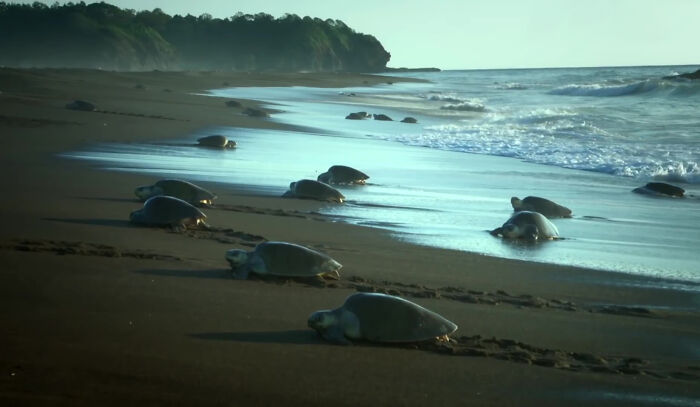
Image credits: John Downer Productions
This incredibly realistic vulture drone gives a bird’s-eye view over the swarming bales of turtles
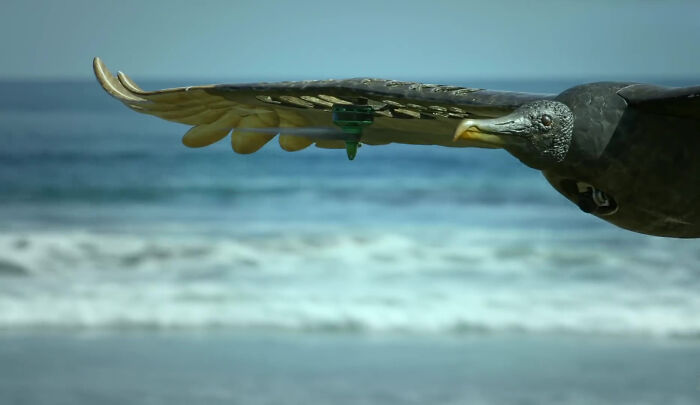
Image credits: John Downer Productions
The robot turtle is actually not alone on this mission as it is joined by a mechanical vulture well-equipped with recording devices that provide a bird’s-eye view over the crawling army of turtles. As being predominantly water reptiles, turtles are quite slow once on the shore, that makes the process of searching for a predator-free spot even more complicated.
Being sea reptiles, turtles are not so swift while moving on the land
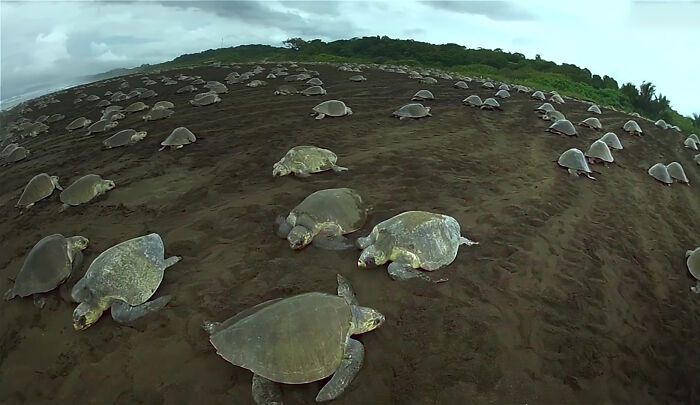
Image credits: John Downer Productions
The area of Ostional is one of the most important sea turtle nesting sites and it’s a rare opportunity to witness the sea creatures racing one another to find a spot in the sand. This is where, mainly during September through December, they lay the eggs and hide them well in the sand in order to protect them from vultures that can’t wait to feast on the fresh protein.
And so the turtle robot moves just as slowly, as it’s made to be as realistic as possible

Image credits: John Downer Productions
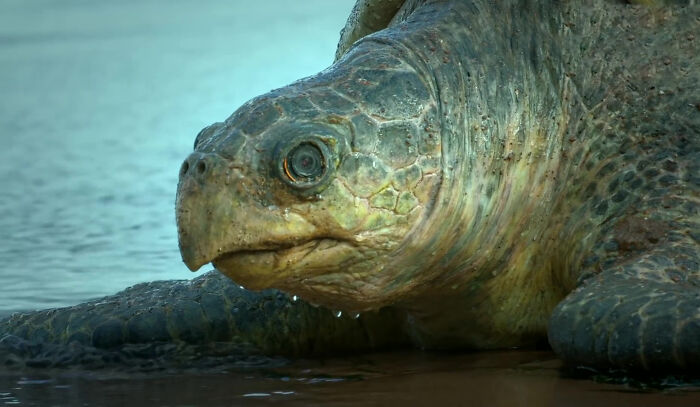
Image credits: John Downer Productions
Cameras in this turtle robot are placed where its eyes would be to give a more authentic point of view
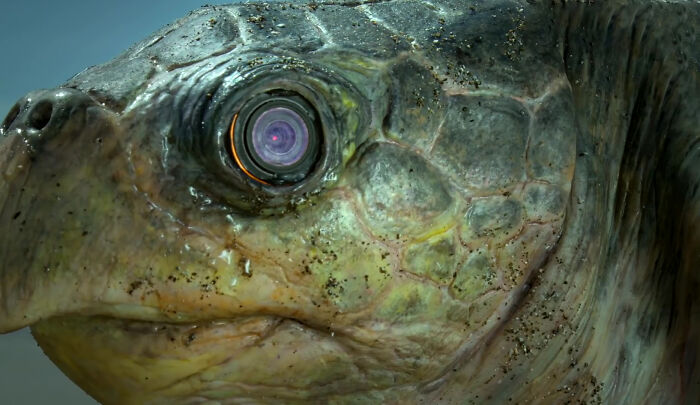
Image credits: John Downer Productions
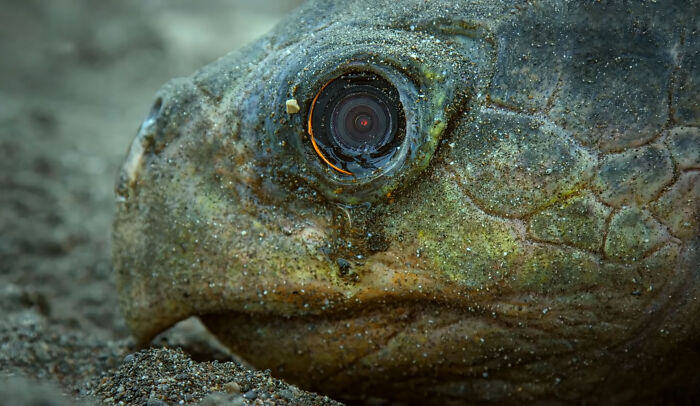
Image credits: John Downer Productions
It is actually quite hard to tell the difference between the robot and a real live turtle
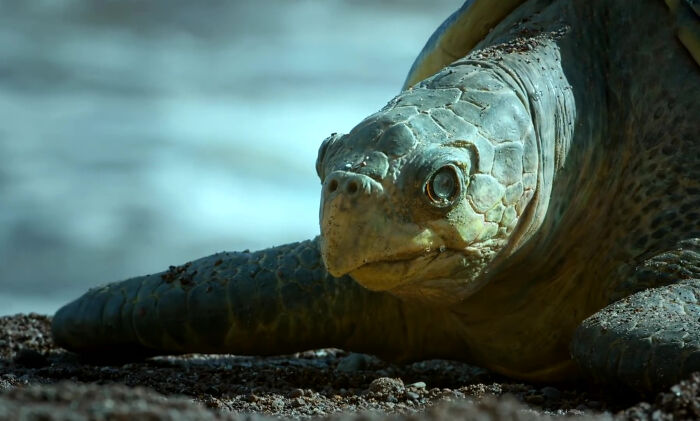
Image credits: John Downer Productions
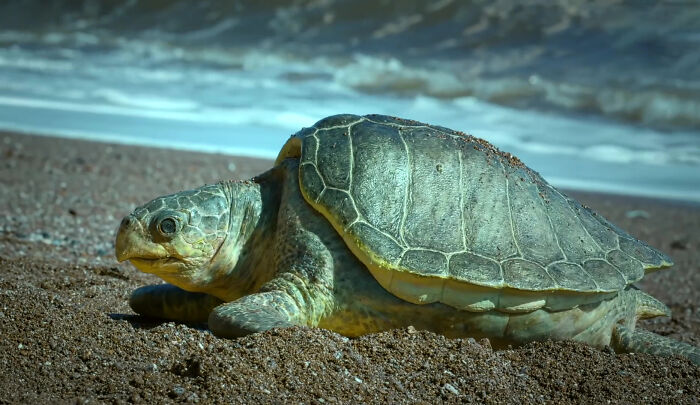
Image credits: John Downer Productions
The sea creatures use their flippers as powerful shovels to dig a hole in the sand for the eggs
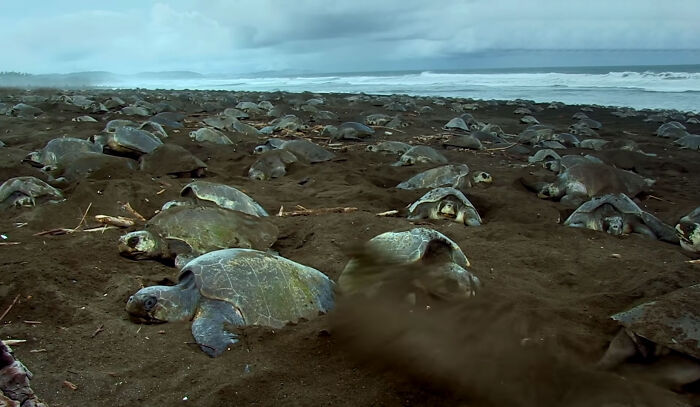
Image credits: John Downer Productions
In every clutch, there can be up to 100 eggs meticulously arranged by the mother
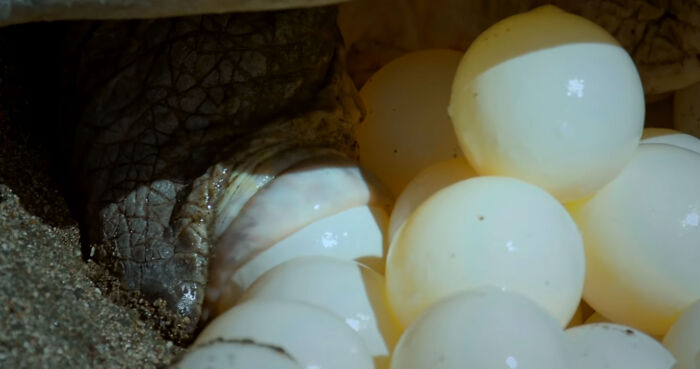
Image credits: John Downer Productions
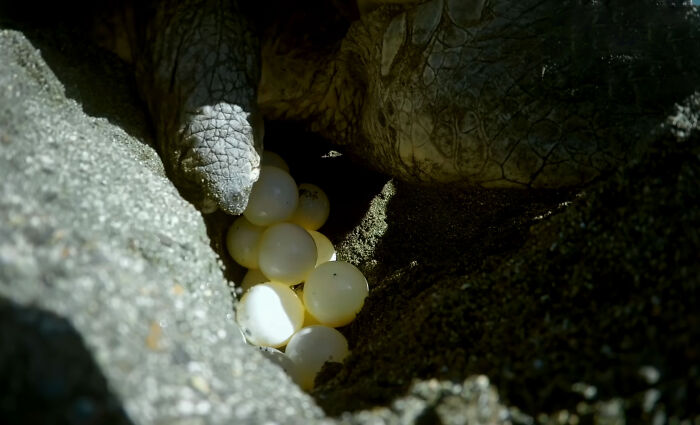
Image credits: John Downer Productions
Not all the eggs laid will hatch into tiny turtles as these ones are actually electronic

Image credits: John Downer Productions
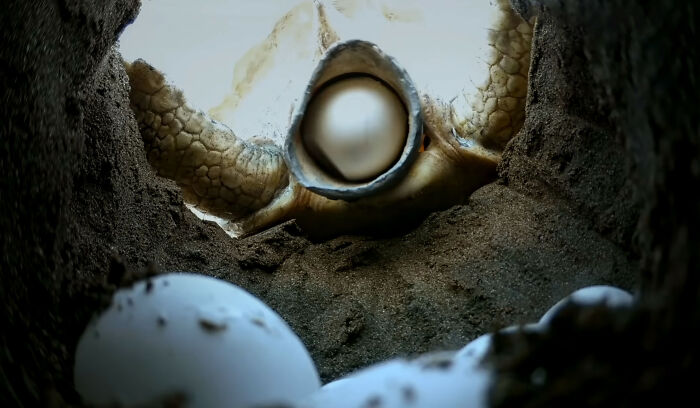
Image credits: John Downer Productions
These robotic eggs have built-in cameras to provide different angles for the documentary
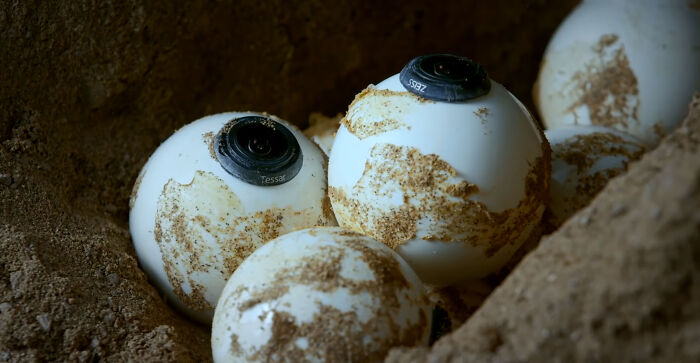
Image credits: John Downer Productions
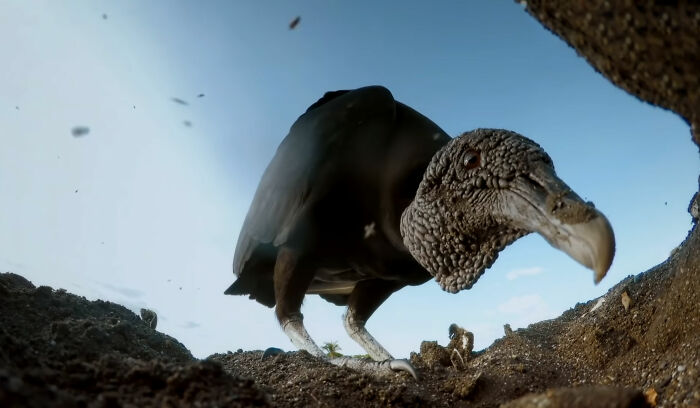
Image credits: John Downer Productions
Some of the eggs, however, won’t hatch into cute turtles speeding down the sand to make it to the refreshing water. The robotic one has laid a clutch of electronic eggs with cameras built into them to provide an authentic point of view for the camera crew and also to hopefully get vultures to steal them. Unlike the live turtles, the robot one leaves its nest open to predators to reveal further development of the nesting phenomena.
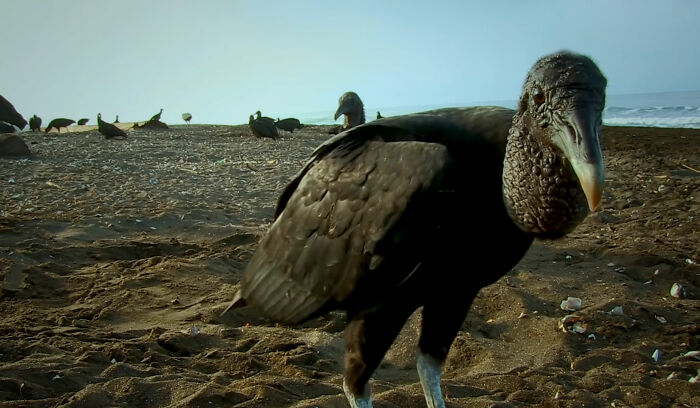
Image credits: John Downer Productions
Turtles that are still arranging the nests receive uninvited visitors ready to steal the unprotected eggs
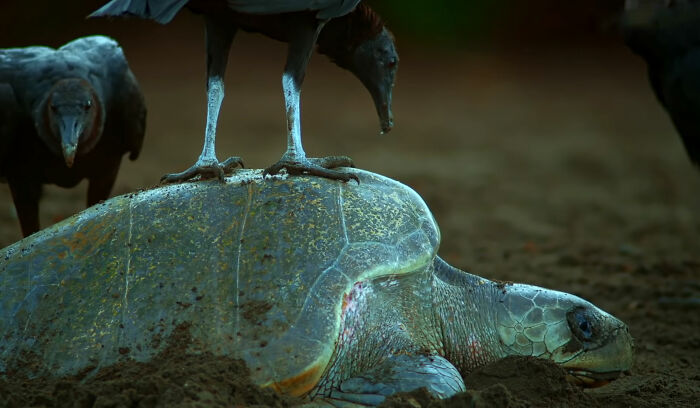
Image credits: John Downer Productions
The so-called arribadas, or synchronized mass turtle bale nesting, has its strength in numbers. This could be a case of the more, the merrier, but it’s also for protective reasons, as such a huge amount of turtles in the same area serves as somewhat of a shield over the freshly laid eggs to protect them from thieving committees of opportunistic vultures.
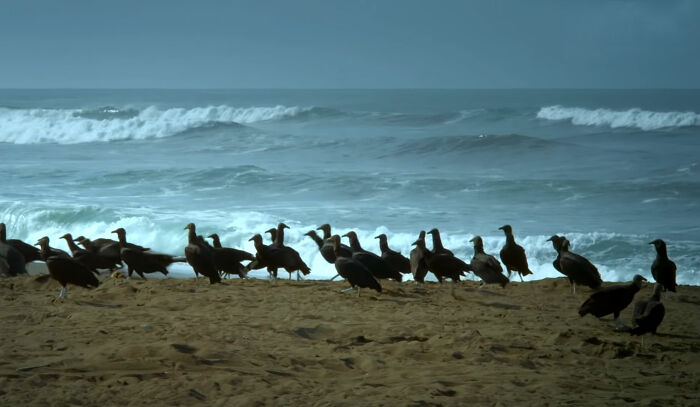
The post This Robot Turtle Lays Eggs With Built-In Cameras To Spy On Actual Nesting Turtles On Costa Rican Beach first appeared on Bored Panda.
from Bored Panda https://bit.ly/3qxcAaI
via Boredpanda